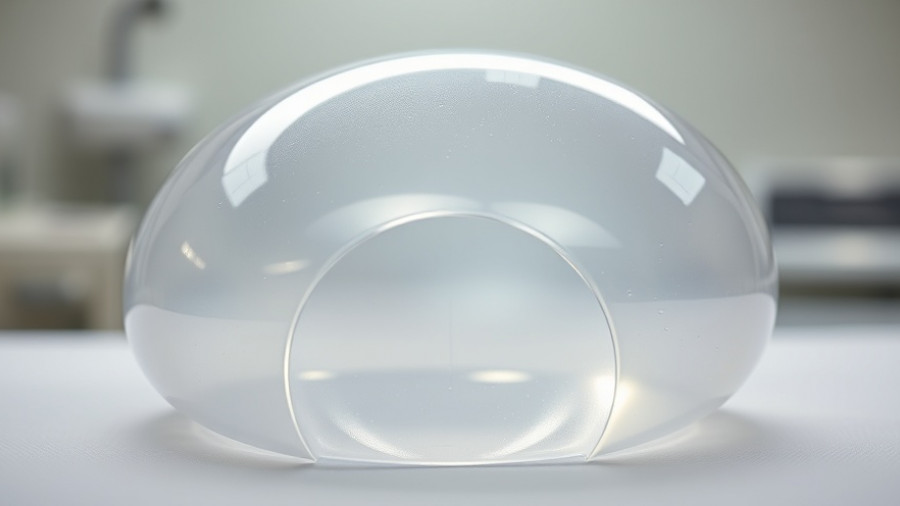
Understanding Hair Loss Treatments: Finasteride vs. Dutasteride
When dealing with hair loss, many individuals find themselves on a quest for effective treatments that can help them regain their confidence. Two commonly discussed medications in this arena are Finasteride and Dutasteride. Each serves its purpose, but understanding their differences and applications can lead to better treatment decisions.
In 'Finasteride vs Dutasteride', the video explores the nuances of these two medications, prompting a deeper analysis into their comparative effectiveness and appropriate patient use.
The Basics: What are Finasteride and Dutasteride?
Finasteride is often the first line of defense against hair loss. It's a medication that blocks the conversion of testosterone to dihydrotestosterone (DHT), a hormone responsible for hair follicle shrinkage. Many men start with Finasteride due to its good efficacy; studies show it can help protect hair in about 90 to 92% of users.
Dutasteride, on the other hand, is a stronger option. As the “cousin” of Finasteride, it inhibits both types of the enzyme responsible for converting testosterone to DHT, making it approximately 98% effective.
Why Switch? When should I consider Dutasteride?
Some patients begin treatment with Finasteride but still notice ongoing hair loss. This can be disheartening, especially after investing time and effort into a treatment plan. If you've been on Finasteride and found it hasn't completely halted your hair loss, it might be worth discussing the option of switching to Dutasteride with your healthcare provider.
The transition to Dutasteride can often yield impressive results for those who do not respond fully to Finasteride. The switch can help protect hair more effectively, and many patients report significant improvement after this adjustment.
Potential Side Effects: What to Know
It's essential to consider potential side effects when choosing a hair loss treatment. While both medications share common side effects, Dutasteride may have slightly higher risks associated with it. Patients should have open conversations with their doctors about these risks and benefits before starting any new treatment.
The takeaway? If you’re already on Finasteride and tolerate it well, transitioning to Dutasteride may have positive outcomes without introducing new side effects for most patients. It's a safe option worth considering for those who are still experiencing hair loss.
The Bigger Picture: Emotional and Practical Aspects
Working to maintain or restore your hair is often an emotional journey. It’s not just about the medical aspects; it includes losing confidence and grappling with self-image. By understanding your options, you empower yourself in this process. Choosing the right treatment can positively impact how you feel about yourself.
Staying informed about your treatment options not only encourages proactive management of hair loss but also brings hope into the equation. Many individuals have successfully navigated their journeys with Finasteride or Dutasteride. Sharing those stories fosters community and support among those facing similar challenges.
Conclusion: Your Journey Matters
The choice between Finasteride and Dutasteride is not just medical; it’s deeply personal and tied to your self-esteem and overall well-being. Consult with knowledgeable healthcare professionals to determine the best course of action for you. Remember, transitioning from one medication to another can lead to significant improvements, and there’s a supportive community out there that understands your journey.
While considering this information, take a moment to reflect on your own journey. Every step you take towards understanding your treatment options is a step towards regaining control over your hair loss and your confidence.
 Add Row
Add Row  Add
Add 




Write A Comment